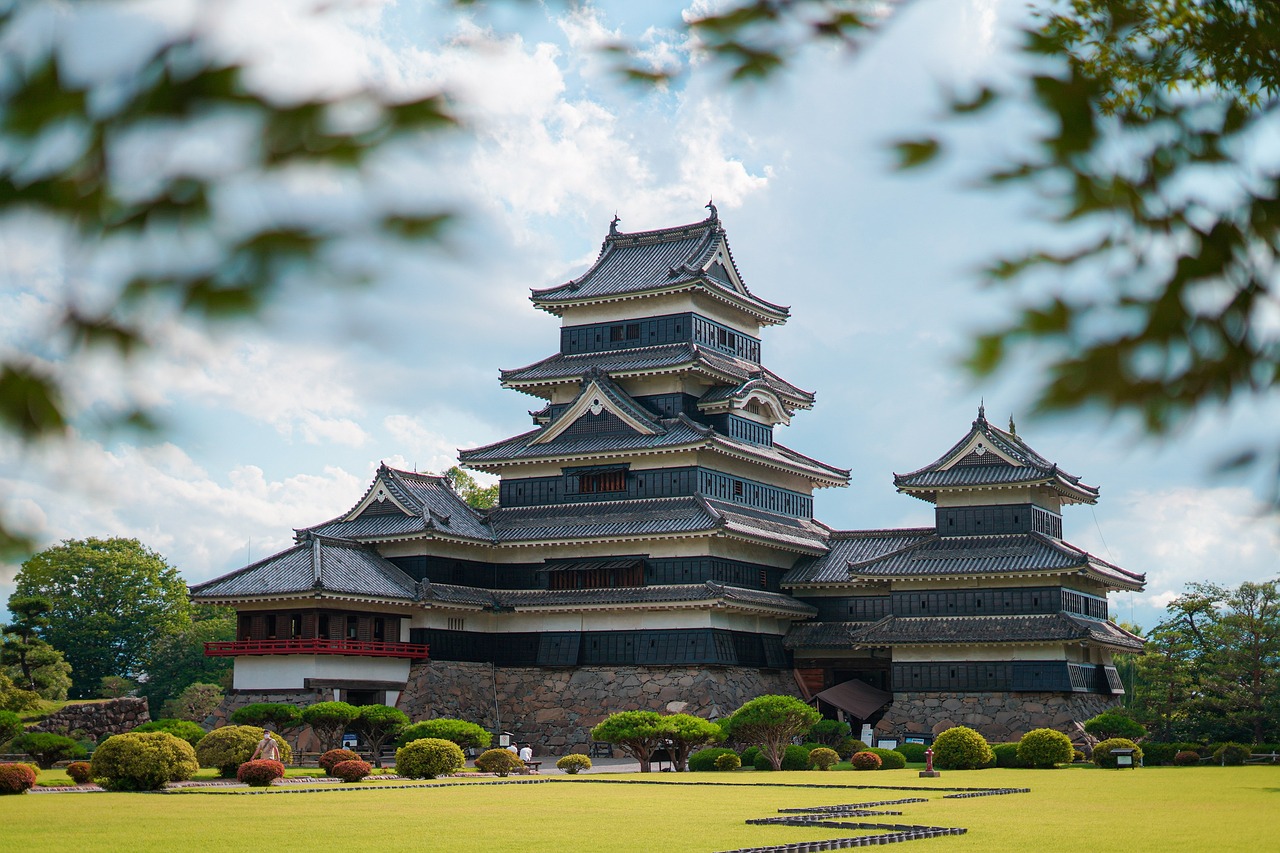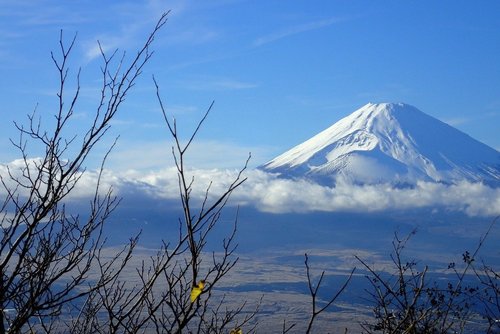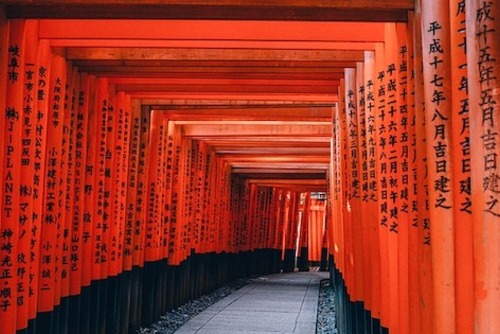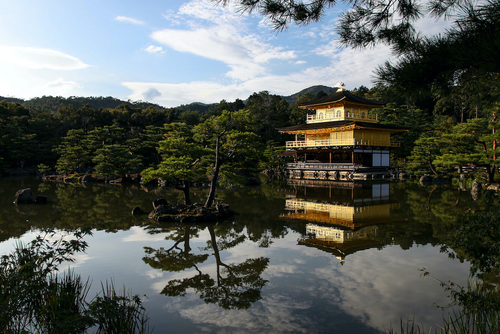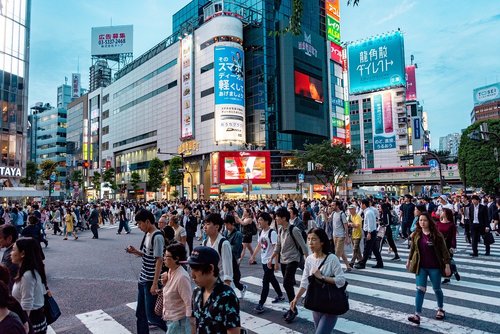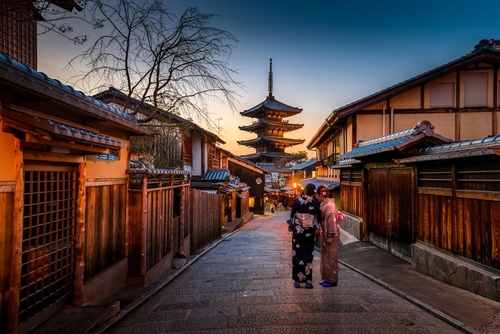All of this (and more!) can be done with the JR Hokuriku Arch pass. This convenient transportation pass allows tourists to enjoy 7 days of unlimited travel on select trains in Japan’s Hokuriku region. While the service zones include Tokyo, Osaka, and Kyoto, there are so many other amazing — and lesser-known — cities that you can use your pass to visit.
We’re going to give you the lowdown on four fantastic cities, each easily accessible with your Hokuriku Arch Pass. Let’s start planning your itinerary!
1. Nagano
If Nagano sounds familiar, it’s usually for two reasons — the Olympics and snow monkeys.
The city’s main claim to fame was that it hosted the Winter Olympics in 1998, and is still a world-class destination for winter sports. If you’re visiting during the colder months, be sure to stop by and shred some snow at the Hakuba Happo-One Ski Resort, where you can ski down the same slopes used in the Winter Olympics.
Not an outdoor enthusiast? No worries — Nagano has much more to offer than just skiing and snowboarding. One of the region’s most famous attractions is Jigokudani Monkey Park, where hundreds of adorable Japanese macaques descend from the mountains to relax in the local onsen (hot springs).
Even better, you don’t have to wait until winter to visit Jigokudani Monkey Park. The park is open year ‘round because the park attendants feed the monkeys and keep them in the area!
Looking for something a little quieter? On the other side of Nagano is the historical Zenko-ji Buddhist Temple, which was built in 644 and contains the first Buddhist statue ever brought to Japan.
Further north is the secluded Togakushi Temple, which consists of five buildings that are interconnected by paths. According to legends, ninjutsu (the art of ninja) was born here — there’s even a special museum, the Togakushi Ninja Museum, where you can learn more about the history and even practice your shuriken-throwing skills.
Thanks to its relative proximity and tourist attractions, Nagano makes for an excellent day trip from Tokyo!
2. Toyama
Rugged landscapes, scenic nature, and abundant wildlife are just some of the things that come to mind when Toyama is mentioned — and is one of the best places to use your Hokuriku Arch Pass if you want to connect with nature.
In fact, we’d venture to guess that you’ve already seen a picture of Toyama’s famous Tateyama Kurobe Alpine Route, which features a bus driving through a snowy corridor. Those towering walls can reach up to 20 meters in height!
In addition to beautiful nature, Toyama city has plenty to offer culture-wise. One of the main tourist attractions in the city is the beautifully-reconstructed Toyama Castle, which houses a regional museum and is surrounded by a gorgeous Japanese garden. It’s no wonder that it was listed as one of the Top 100 Japanese Castles.
Speaking of museums… Be sure not to miss the Toyama Glass Art Museum, which exhibits some of the best Japanese and international glass art in the world. Best of all, it’s just a short 10-minute walk from the castle.
Not far from Toyama is the city of Takaoka, where the Hokuriku shinkansen also stops. One of the main attractions in this city is the Zuiryu-ji temple, which is listed as a national treasure of Japan and famous for its serene gardens. Less than 2 kilometers away is the Takaoka Great Buddha, a gigantic 15-meter statue that is famous for being one of the three Great Buddhas of Japan.
3. Kanazawa
Looking for an authentic taste of Edo-period Japan? Perhaps you’ve always dreamed of strolling along historic Japanese streets surrounded by cute traditional houses? Then you definitely need to go to Kanazawa.
Kanazawa isn’t called “Little Kyoto” for nothing — it’s one of the best cities to explore the traditional architecture of Japan.
Start your trip at the Higashi-Chaya district, which is famous for its traditional wooden buildings, geisha performance theaters, and local teahouses. Nearby is another equally historical district, Nagamachi, where you can see the residences of samurai, including the well-preserved Nomura-ke Samurai Residence.
An equally popular attraction is the historic Shirakawa-go village, which earned the title of UNESCO World Heritage Site thanks to its unique traditional houses called gassho-zukuri. While it makes for an excellent day trip, you can also stay overnight at one of the houses.
4. Fukui
Were you one of those kids who was obsessed with dinosaurs? Then you should definitely add Fukui to your itinerary.
While Fukui might look like a typical Japanese city, it’s actually known as the ‘Dinosaur Capital of Japan’ thanks to the Fukui Prefectural Dinosaur Museum. The museum — shaped like a dinosaur egg, no less! — features more than a thousand items, including more than 40 dinosaur skeletons, footprints, and life-sized dioramas.
Fukui is also home to the Daihonzan Eiheiji, a temple founded in 1244. Just like its name, the ‘temple of eternal peace,’ you’ll be surrounded by dense cedar forests and a peaceful atmosphere. Interestingly, the temple also offers one- to three-day meditation retreats for a fee.
Whether you’re planning to see the cute snow monkeys of Nagano (or the prehistoric dinosaurs of Fukui), the beautiful nature of Toyama, or a taste of authentic Japan in Kanazawa, the JR Hokuriku Arch Pass will take you there — and beyond!

